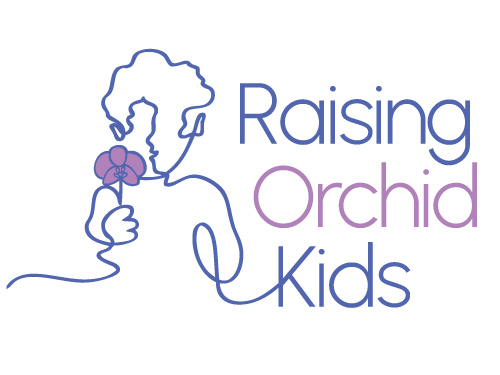One of the questions I get a lot is how to handle things when the routine doesn’t seem to be working. If the routine isn’t working, it might be because one or more elements of the routine are not in the right place.
For example, if your kindergartner refuses to go back upstairs to brush their teeth in the morning, it might be because there’s too much “mental travel time” between the two locations. Could you put a toothbrush at the kitchen sink and brush teeth there, minimizing the distance that needs to be traveled? It seems like a little thing, but those little adjustments can have big effects on kids’ behavior. Think tiny little steps for big results.
Another question that comes up a lot is how to handle bedtime meltdowns that happen because kids don’t want to go to bed. I LOVE this question, and here’s a few answers:
- Once the meltdown is happening, you have very little to do other than get through and try again tomorrow. Push through as best you can and revisit the next day when everyone is calmer.
- What would happen if she went to bed in her clothes? Would that be a problem? Why or why not?
- What if you moved the step of putting on PJs to right after using the bathroom? She’d already be halfway there in terms of getting undressed. Would that make it easier?
- Could she participate in the creation of her bedtime routine? Could you talk about it in the morning, get buy-in from her about the order of events and then practice that? How would she feel to be able to participate in creating that process? (this is appropriate for kids 6 and over)
Routines are a key ingredient when we’re raising toddlers and preschoolers, and even school-aged children (who will – incredibly – grow into adults over time). They really work to keep kids on track and moving forward. But if they’re not working, there’s a reason! Your willingness to get curious and ask questions could make all the difference. Being willing to tweak the order of events, question your own assumptions and change some small things could bring big changes.

